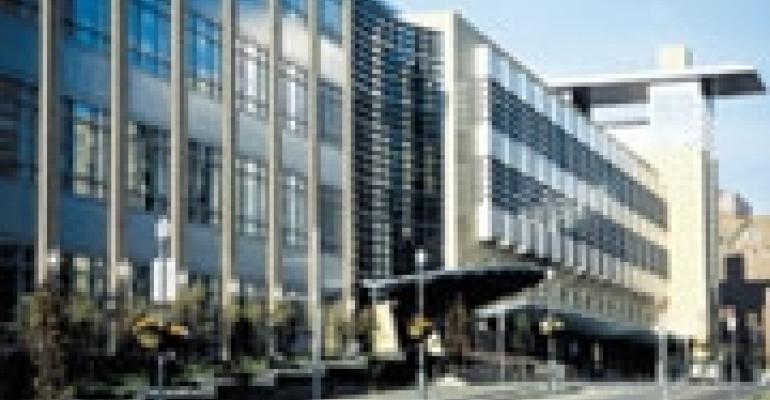While a few small lenders are beginning to offer specific financial incentives to LEED or EnergyStar certified projects, larger lenders are taking a couple of different approaches. One is to incorporate sustainable design strategies into their own facilities.
PNC Financial Services Group Inc. based in Pittsburgh, for example, is a staunch supporter of green building and boasts 42 LEED-certified buildings, including its operational facilities in Pittsburgh and Wilmington, Del., as well as 40 individual bank branches. A second initiative is to promote education among loan officers and the larger lending industry on the unique differences of sustainable buildings, and more importantly, how to incorporate those nuances into underwriting practices.
Wells Fargo & Co. to date has provided more than $1.5 billion in financing for LEED-certified green buildings with loans ranging from $10 million to $225 million for properties such as offices, apartments and schools. “Our green building program is not really a separate activity from our overall approach to the business. It is part and parcel of our mainstream lending practice,” says Paul Brumbaum, a senior vice president in the commercial real estate group at San Francisco-based Wells Fargo.
One of the key issues lenders are grappling with is the concept of understanding — and underwriting — the value of green buildings. By definition, green buildings are more energy efficient structures that produce lower operating costs. In theory, the benefits of that energy efficiency will flow to the bottom line cash flow of a project, which in turn should create a more valuable asset.
“The challenge is that energy efficiency values or benchmarks have not yet been clearly established,” Brumbaum says. Appraisers need data to support higher valuation, and at this point there is not a substantial enough database to support appraising green buildings differently from conventional buildings, he says. Since the LEED rating system was launched in 2000, the U.S. Green Building Council has certified 1,129 commercial properties.
Clearly, it will take time for that performance data to be accurately measured and analyzed. In the meantime, lenders are continuing to push for greater awareness and education regarding green building within their own companies and throughout the larger financial industry.
Of course, borrowers would love to be rewarded for green building efforts with tangible financial discounts. But the reality is that few commercial lenders offer specific green mortgage programs. Those programs that do offer financial incentives for sustainable construction are scattered among small, local banks or boutique lenders.
For example, New Resource Bank in San Francisco is a niche lender that focuses on supporting a variety of green initiatives ranging from providing mortgages on green homes and commercial buildings to offering business loans for green-oriented businesses.
Since opening in 2006, New Resource Bank has grown to a deposit base of $125 million. Its commercial real estate lending program focuses on loans ranging between $500,000 and $5 million with participation loans available up to $10 million. Although rates are determined on a case-by-case basis, a property that is following LEED guidelines may qualify for a 1/4 to 1/8 point discount on the fixed financing rate, says Greg Harris, a senior vice president at New Resource Bank. The bank focuses mainly on customers located within 200 miles of San Francisco.
The quandary facing some of the larger commercial lenders is how to support green building efforts among their clients and still fulfill their obligation to shareholders. “Should we earn less of a return to finance a property that is built with a new way of construction?” says Bill Lashbrook, a senior vice president for PNC Real Estate Finance. The solution for PNC has been focusing on educating its loan officers on green building, such as understanding LEED and EnergyStar rating systems, and what those designations ultimately mean for construction costs and building values.
In fact, there are several efforts underway to try to bring greater awareness into the green building financing arena. The U.S. Green Building Council (USGBC) and The Real Estate Roundtable hosted the first annual USGBC Real Estate Finance Summit in October. The event attracted leaders from all facets of the real estate and financial services industries, who participated in discussions on how to accelerate green building practices and drive industrywide change.


